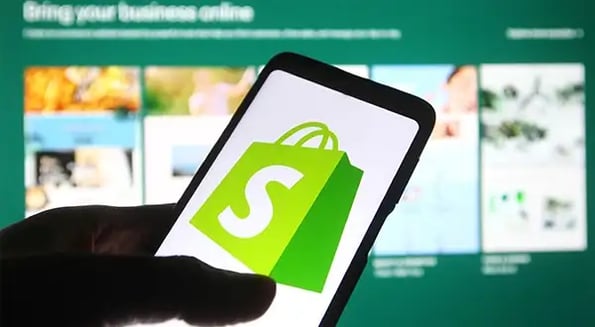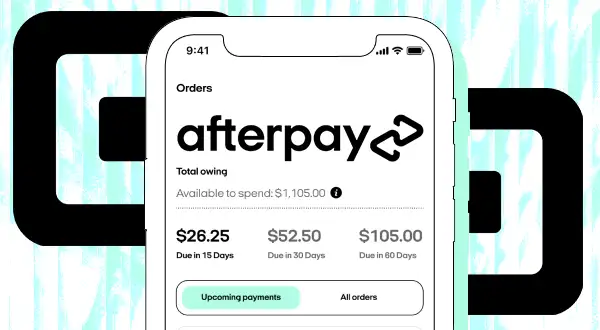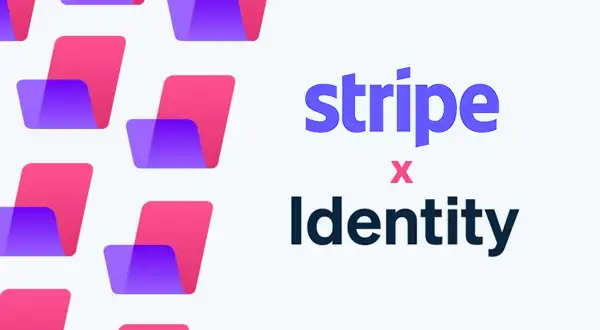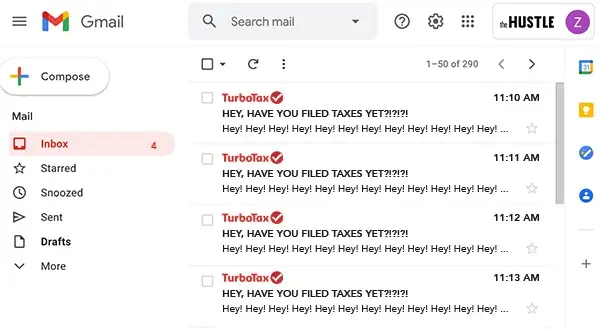(Photo Illustration by Pavlo Gonchar/SOPA Images/LightRocket via Getty Images)

What is Shopify?
Your 1st guess might be “ecommerce platform.”
While that answer is not wrong, it is also incomplete. Over the past few years, Shopify has increasingly morphed into a payments company.
Shopify was launched in 2006…
… and for the 1st decade of its life was primarily known for its Subscription Solutions, which let you create an online store in a few clicks.
In 2013, the software firm launched Shopify Payments — an easy checkout solution for merchants. The fee on a basic plan is 2.9% and 30 cents per transaction.
While a small business at launch, the payments business has grown significantly, per tech analyst Ben Thompson:
- 2015: In the year Shopify went public, revenue from Subscription ($67m) was nearly 2x Payments ($38m)
- 2020: Last year, the results flipped: revenue from Payments ($2B) was nearly 2x Subscription ($909m)
Last week the $183B Canadian firm…
… announced that its payments business — now known as Shop Pay — will be available to users who sell on Facebook or Google properties starting this summer.
Crucially, these sellers don’t have to be existing subscribers to Shopify’s platform.
Shopify — which “powers nearly 10% of ecommerce in the US” — says Shop Pay is 70% faster than other checkout options.
Facebook, Google, and Shopify are taking on…
… a small company named Amazon. Thompson calls their cooperation “The Anti-Amazon Alliance.”
While Jeff Bezos’ baby is trying to centralize all ecommerce activity, Shopify’s goal is to give any merchant a chance to compete (or to “arm the rebels” in company slang).
Shopify says 1.7m businesses already use its product. By opening Shop Pay up to Facebook and Google, millions more can join the ranks.










